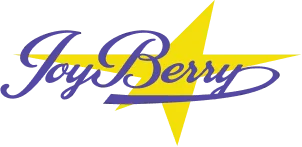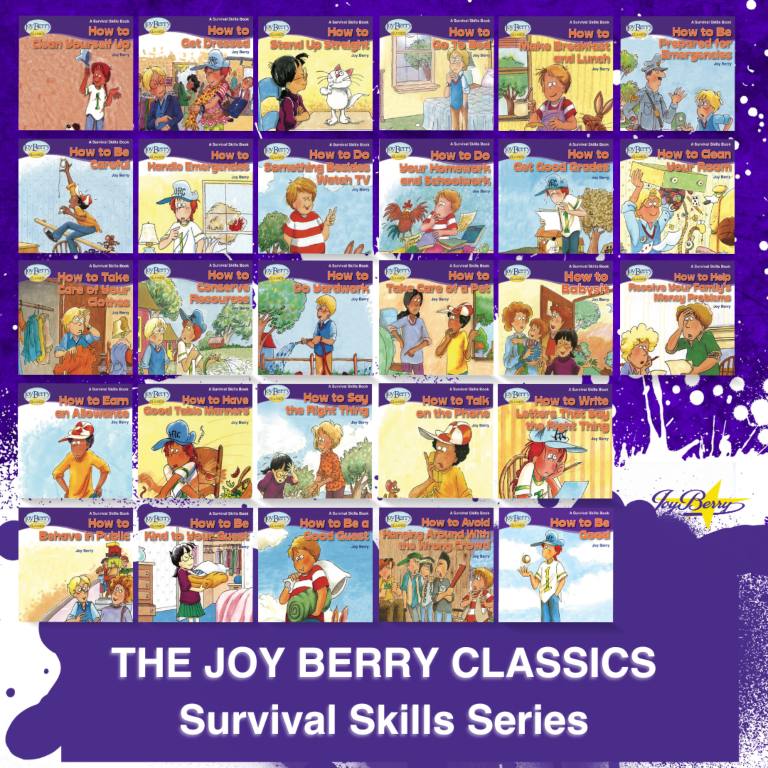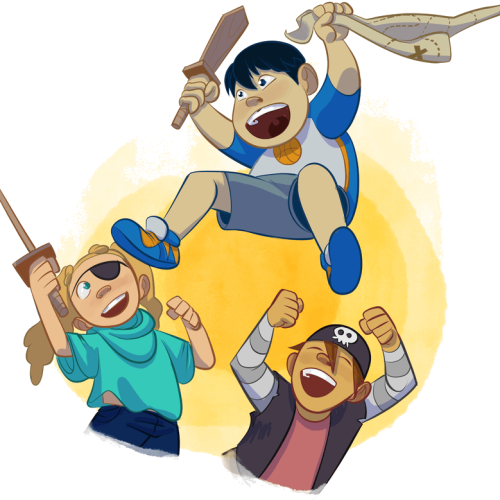The Official Joy Berry Website
Helping Kids Help Themselves
become responsible, happy, and successful
Menu
Menu
The Official Joy Berry Website > Blog > SURVIVAL SKILLS > The Survival Skills Books For 9-11 Year Old’s
The Survival Skills Books For 9-11 Year Old’s
by Joy Berry
on November 12, 2023
When I began working with kids, one of my biggest frustrations came from watching them struggle to fulfill expectations without having the necessary information and skills to do so. This was especially true when I witnessed parents issuing common edicts like “Be good!” or “Clean your room!” or “Do your homework!”
I could not help but wonder how parents could expect their kids to accomplish assignments that they did not know how to do. That quandary became the impetus for the kids’ How-to (Do-it-yourself) classes that were a part of the supplementary school programs that I directed during the 1980’s. The purpose of the classes was to teach kids how to do the everyday things that they needed to do.
Because at the time there were no educational materials to use for the How-to classes, I began to create them. While putting together the materials, I learned rather quickly that, unlike academic education that requires reading textbooks and filling out workbooks, Livings Skills education requires first-hand experiences. This means that kids learning how to organize a space need to engage in actually organizing a space.
However, in order to maximize first-hand experiences, kids need step-by-step instructions. And because instructions can be somewhat boring, kids need “a little bit of sugar to make the medicine go down.” Consequently, when I eventually began converting the How-to class materials into self-help books for kids, I made certain to make the books fun to use by adding engaging story elements and humorous cartoon illustrations. I also made each book motivational by explaining why it was beneficial to complete a particular task and what could make the task easier to accomplish.
Currently, the How-to self-help books are called the Survival Skills and remain an important part of the Joy Berry Classics Library because they continue to help eliminate parent/child frustrations and conflicts by teaching kids how to do tasks and motivating them to do the tasks.
Basic Premise For The Survival Skills Books
Kids are often ill equipped to fulfill the expectations that are required of them. Failure to perform adequately creates aggravation and disappointment for children and the people around them.
The purpose of the Survival Skills books is to teach kids the information and skills they need to fulfill reasonable expectations. This is accomplished by teaching kids pragmatic, easy-to-understand instructions needed to perform simple as well as more complicated tasks.
Basic Layout And Contents Of The Survival Skills Books
Each 48-page Survival Skills self-help book speaks directly to kids 7 – 9 years of age about subjects they encounter in their daily lives. The minimal, straightforward text is written in the third person to accommodate a kid’s natural resistance to being lectured.
In order to ensure that these books are not boring, ½ to ¾ of every page features a full-color cartoon illustration. Because the purpose of the illustrations is to clarify the text, the text is situated above the illustration to ensure that the kid reads the text before looking at the illustration.
In order to present the information in “bite sizes” that are “easier to digest,” each book is divided into four or more sections. The section titles are displayed at the top of each page to help kids keep track of the information that is being presented.
Survival Skills self-help books feature the vintage Human Race Club characters. They also feature animal characters that are added to the illustrations in an effort to make the book more humorous and entertaining.
Developmental Organization Of The Survival Skills Books
Given every kid’s normal developmental progression from being egocentric–to being social–to caring about the things that surround them, it is recommended that the Survival Skills subjects be presented in the following developmental sequence:
Personal Skills
- Good Grooming
- Getting Dressed
- Good Posture
- Sleep and Rest
- Cooking for Yourself
- Being Prepared
- Being Careful
- Handling
- Emergencies
Social Skills
- Table Etiquette
- Conversational
- Etiquette
- Telephone Etiquette
- Writing Etiquette
- Public Etiquette
- Entertaining
- Visiting
- Peer Groups
- Rules and Regulations
Coping Skills
Individual Survival Skills Book Descriptions
The How to Clean Yourself Up book teaches how to clean and groom the body from head to toe.
The How to Get Dressed book encourages wearing clothing based on the occasion, the weather, and one’s physical characteristics.
The How to Stand up Straight book teaches good posture including how to stand, sit and move to look and feel good.
The How to Go to Bed book explains the importance of sleep and teaches how to get a good night’s sleep.
The How to Make Breakfast and Lunch book shows how to plan and prepare simple and nutritious meals and snacks.
The How to be Prepared for Emergencies book teaches what needs to be done to adequately prepare for any emergency.
The How to Be Careful book teaches guidelines for keeping safe at home, school, and in the community.
The How to Handle Emergencies book teaches how to handle minor emergencies and how to respond to major emergencies.
The How to do Something Besides Watching TV book teaches how to deal with boredom in creative and productive ways.
The How to Do Your Homework and Schoolwork book explains why and how to do homework and schoolwork successfully.
The How to Get Good Grades book explains the appropriate use of tests and grades and how to derive benefits from both.
The How to Clean Your Room book uses a step-by-step approach to teach how to organize personal belongings and space and clean a bedroom.
The How to Take Care of Your Clothes book teaches the basics of caring for clothes and a wardrobe.
The How to Help Conserve Resources book explains why and what can be done to conserve energy and resources.
The How to Do Yardwork book teaches general yard maintenance and explains how to do specific yard care tasks.
The How to Take Care of a Pet book explains how to choose the right pet and teaches appropriate pet care for specific pets.
The How to Babysit book explains how to care for and entertain younger children.
The How to Earn an Allowance book teaches how to earn, collect, and utilize an allowance appropriately.
The How to Help Resolve Your Family’s Money Problems book teaches how to contribute positively to the family’s finances.
The How to Have Good Table Manners book teaches table manners and encourages the implementation of them.
The How to Say the Right Thing book teaches how to be gracious when talking with others.
The How to Talk on the Phone book explains how to answer the telephone, take messages, and handle calls from strangers.
The How to Write Letters that Say the Right Thing book teaches how to write appropriate and effective communications.
The How to Behave in Public book teaches appropriate behavior in public places and at public events.
The How to be Kind to Your Guest book teaches how to be respectful and gracious to guests who visit.
The How to Be a Good Guest book teaches how to be kind and considerate when visiting others.
The How to Avoid Hanging Around with the Wrong Crowd book encourages joining positive rather than negative peer groups.
The How to Be Good book explains why rules and regulations are necessary and encourages following the rules.
Guidelines For Using The Survival Skills Books
In order to derive the maximum benefits from the SS books it is recommended that adults use the books in the following ways:
Phase One
Adult Resource: The adult reads the books for information, insights, and encouragement.
Phase Two
Adult-Child Activity: The adult introduces the books to the child and encourages the child to question or comment on the subject matter.
Phase Three
Independent Activity: The child is encouraged to use the books independently of the adult for entertainment and to reinforce the subject matter.
Phase Four
Reference Material: The books are placed in the child’s library along with other books and used whenever specific situations need to be addressed.
To ensure the success of the SS books it is recommended that the “show-me-how-then-let-me-do-it” teaching method be used.
Step One: The adult demonstrates how the task should be done by doing it while the child watches.
Step Two: The adult does the task with the child or watches while the child does the task. (The adult should avoid criticizing, and instead should praise anything the child does correctly.)
Step Three: The adult allows the child to do the task alone.
Step Four: The adult praises the work and expresses appreciation for what the child has done.

Menu
Copyright © 2024 Joy Berry Enterprises. All Rights Reserved.




Leave a reply